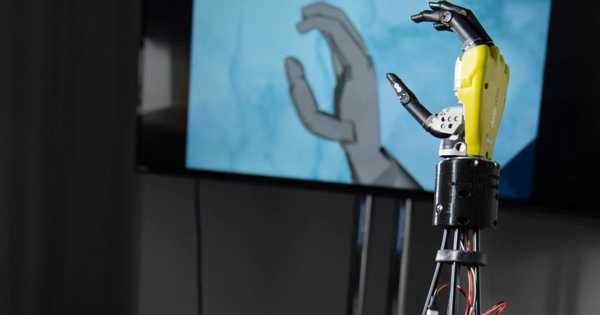Millions of tiny switches regulate the flow of electric current in electronic circuits that calculate and store information. Researchers may be able to push the boundaries of current computing with a better knowledge of how these small switches function. Now, for the first time, scientists have captured images of atoms moving within one of those switches as it goes on and off.
They identified a short-lived state within the switch, which may be used to create quicker and more energy-efficient computer systems in the future. In an article published in Science today, a research team from the Department of Energy’s SLAC National Accelerator Laboratory, Stanford University, Hewlett Packard Labs, Penn State University, and Purdue University presented their findings.
“This research is a breakthrough in ultrafast technology and science,” says SLAC scientist and collaborator Xijie Wang. “It’s the first time researchers have used ultrafast electron diffraction to watch an electrical gadget in motion. Ultrafast electron diffraction detects small atomic movements in a material by bouncing a strong stream of electrons off a sample.”
Capturing the cycle:
The researchers created tiny electronic switches composed of vanadium dioxide for this experiment, a prototype quantum material whose ability to flip between insulating and electrically conducting states at ambient temperature might be used as a switch for future computers. Because of its capacity to generate electrical pulses that mirror the neural impulses generated in the human brain, the material has potential in brain-inspired computing.
The researchers utilized electrical pulses to flip these switches between insulating and conducting states while capturing images that revealed minute changes in their atom arrangement over billionths of a second. These pictures were stitched together using SLAC’s MeV-UED ultrafast electron diffraction camera to produce a molecular movie of the atomic movements.
According to collaborator Aaron Lindenberg, an investigator with the Stanford Institute for Materials and Energy Sciences (SIMES) at SLAC and a professor in the Department of Materials Science and Engineering at Stanford University, “This ultrafast camera can actually look inside a material and take snapshots of how its atoms move in response to a sharp pulse of electrical excitation.” “At the same time, it also measures how the electronic properties of that material change over time.”
The researchers identified a new, intermediate state within the material using its camera. It is formed when a material switches from an insulating to a conducting condition in response to an electric pulse.
“The insulating and conducting states have slightly different atomic arrangements, and it usually takes energy to go from one to the other,” said SLAC scientist and collaborator Xiaozhe Shen. “When the transition occurs through this intermediate state, however, the flip can occur without affecting the atomic arrangement.”
Opening a window on the atomic motion:
Even though the intermediate state only lasts a few millionths of a second, it is stabilized by material imperfections. The team is now looking at ways to manufacture these flaws in materials to make this new state more stable and long-lasting as a result of their study. This will allow them to create gadgets that run faster and use less energy since electrical switching can occur without atomic motion.
According to colleague Shriram Ramanathan, a professor at Purdue, “the results demonstrate the robustness of the electrical switching over millions of cycles and identify possible limits to the switching speeds of such devices.” “The research provided vital information on microscopic processes that occur during device operation, which will be used in the future for building circuit models.”
The research also introduces a novel method for creating materials that do not exist in nature, allowing scientists to examine them on ultrafast periods and perhaps adjust their characteristics.
“This method gives us a new way of watching devices as they function, opening a window to look at how the atoms move,” said lead author and SIMES researcher Aditya Sood. “Bringing concepts from the usually separate disciplines of electrical engineering and ultrafast research together is intriguing. Our approach will enable the creation of next-generation electronic devices that can meet the world’s growing needs for data-intensive, intelligent computing.”
















